Words Build Worlds
The critical path of early language development
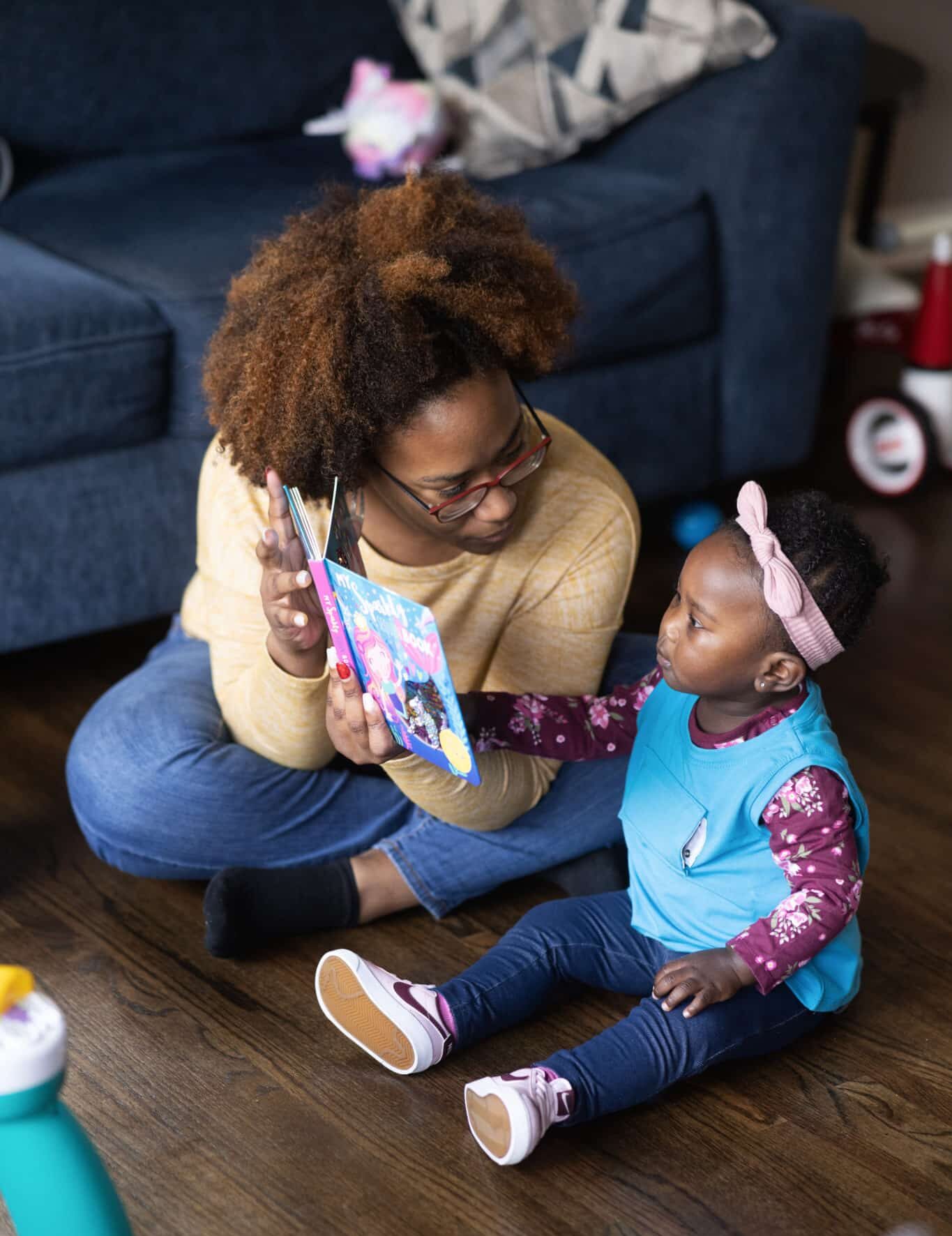
Early language shapes lifelong success.
Language is our uniquely human way of connecting through words, gestures, and symbols. It’s how we share thoughts, express needs, and build relationships — the foundation of all learning.
If that’s language, then what’s “speech"?
Speech is the physical act of producing sounds that make up language. It calls for exact coordination of breathing, voice, and mouth movements to create the sounds of our words.
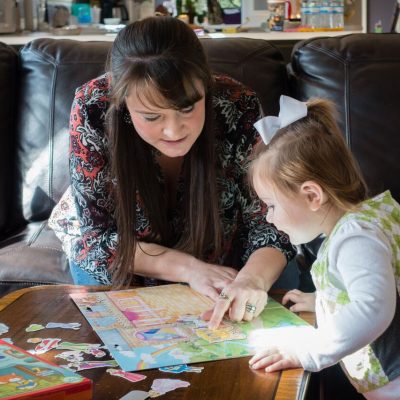
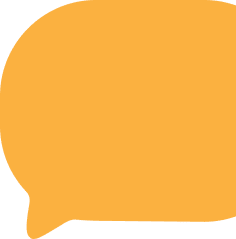
Children are born ready to learn any language on Earth
Their brains are wired for communication. The richness of their language environment shapes how these connections develop.

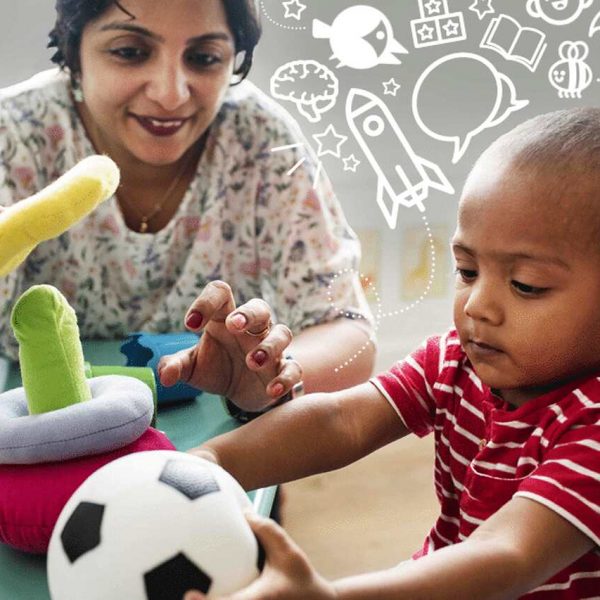
1 million connections every second
90% of brain growth happens before the age of five. A child’s brain forms one million new neural connections every second during these early years. Conversational turns — just simple back-and-forth interactions between a child and an adult — are a huge part of this growth.
These interactions help children develop:

Pattern recognition
Babies naturally notice and learn sound patterns in speech

Speech abilities
that allow clear expression of thoughts

Vocabulary
that grows their understanding

Pre-reading skills
that prepare them for literacy
Early language milestones
Birth-6 Months
- Responds to voices and faces
- Coos and makes vowel-like sounds
- Begins babbling (adding consonants)
- Recognizes familiar voices
6-12 Months
- Understands simple words like “no” and “bye-bye”
- Points to wants or interesting objects
- Says first words like “mama” or “dada”
- Follows simple commands with gestures
12-24 Months
- Vocabulary grows from a few words to 50+
- Combines two words (“more milk”)
- Points to body parts when asked
- Follows simple directions
2-3 Years
- Uses 3-4 word sentences
- Asks simple questions
- Follows two-step instructions
- Speech is mostly understandable to familiar listeners
3-5 Years
- Tells simple stories
- Uses complete sentences with detail
- Follows multi-step directions
- Understands most of what is said
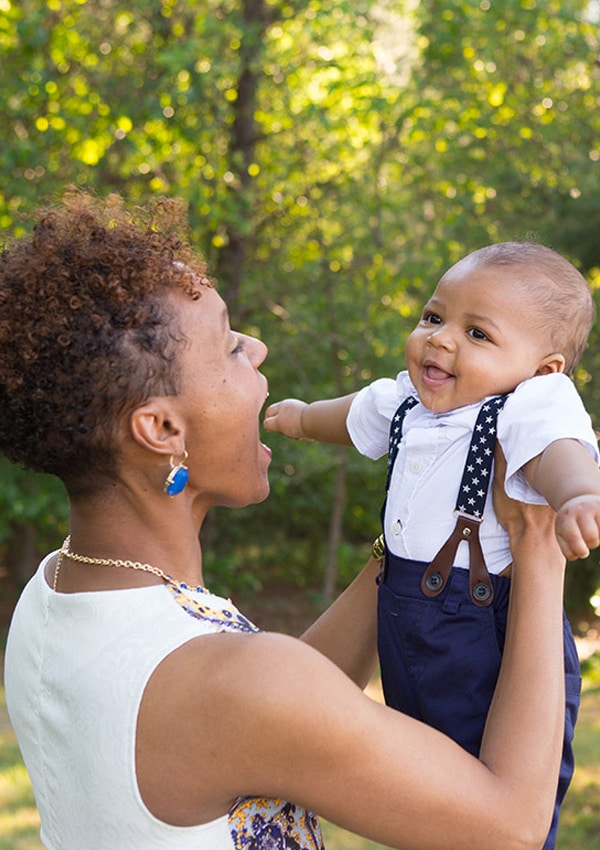
The Power of Conversation
Children don’t just need to hear language. They need responsive interactions.
Every serve and return interaction between a child and adult strengthens the brain connections that support language development.
Here’s what the research says — children who experience more of these back-and-forth conversations show:
- Larger vocabularies
- Enhanced language development
- Better verbal communication
- Improved reading comprehension
- Greater kindergarten readiness
Effectively Supporting Early Language Development
Early language development is too important to leave to chance. Here are some proven methods to support this vital set of skills:
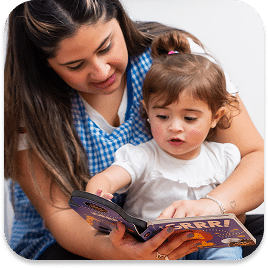
Daily Interactive Reading
Ask questions, have discussions, and follow children’s interests.
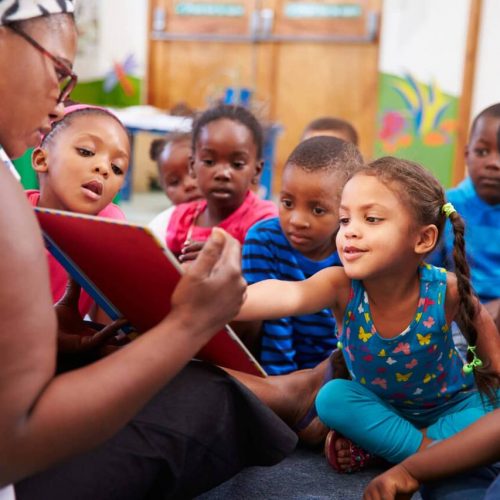
Create Language-Rich Moments
Narrate daily activities like dressing, eating, and shopping.
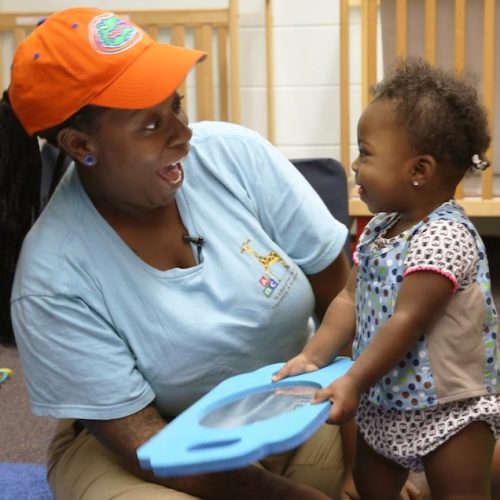
Talk About Their Interests
Following a child’s lead creates engaged, meaningful conversations.
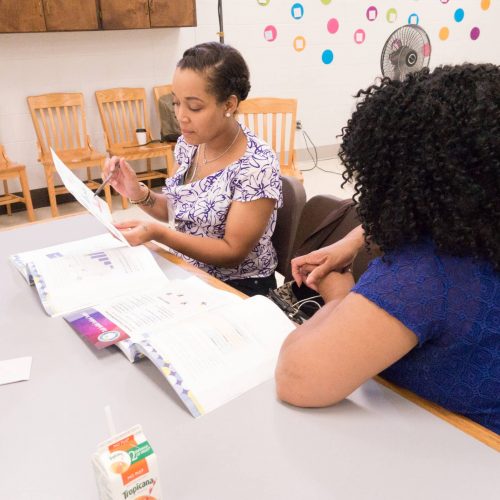
Professional Development
LENA Grow helps educators support early language development.
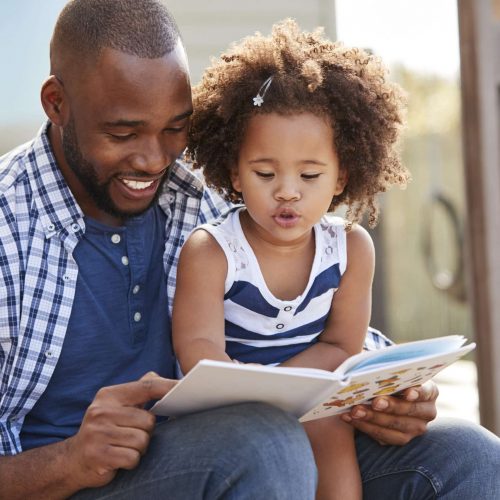
Family Engagement
Empower families with strategies to boost interactive talk at home
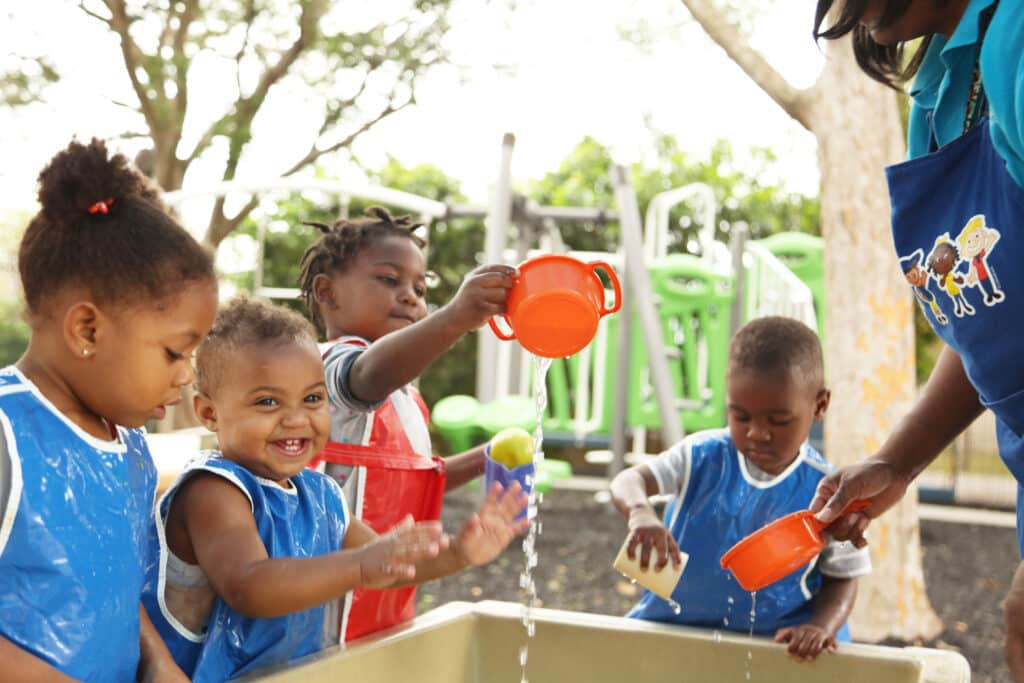
Measuring What Matters in Early Childhood
In today’s world, we can measure what matters and use that information to help children develop better language skills in early childhood.
LENA’s professional development program measures the back and forth conversations children experience with adults throughout the day. This program:
- Shows teachers and caregivers where they’re already strong
- Identifies opportunities to talk more
- Guides improvements that really work
- Tracks progress over time
The result? Children experience more brain-building conversations, and adults gain confidence in their ability to support every child’s development.
Different Language Journeys
Opportunities for targeted support
When children experience more conversational turns, their language development gets a big boost. Unfortunately, there are dramatic differences in how many conversational turns children experience — depending, for instance, on where they spend their days.

90% get 10+ turns/hour at home vs. 70% in child care

50% get 30+ turns/hour at home vs. only 15% in child care

10% get 60+ turns/hour at home vs. 1% in childcare


Language builds relationships, and relationships build language.
– Rochelle Lewis, early childhood educator in Memphis, Tenn.
The Impact of Early Language
Early conversations shape lifelong outcomes.
A groundbreaking 10-year study by LENA researchers published in the journal Pediatrics revealed the lasting impact of early talk:
- Conversational turns at 18-24 months predicted IQ, verbal comprehension, and vocabulary a decade later.
- These effects remained strong even after controlling for socioeconomic status.
- The impact of back-and-forth conversations was stronger than adult words alone.
This research confirms what parents and educators intuitively understand. Quality interactions in the earliest years literally build the brain connections that support thinking and learning for life.
Resources to Help You Help Children Thrive
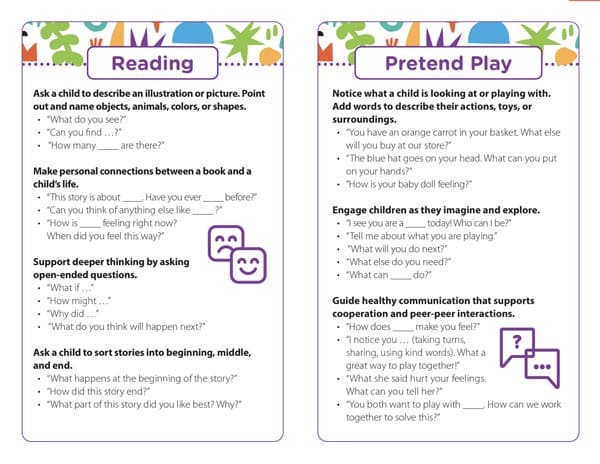
Conversation Cards
Open-ended questions are great for encouraging talk and increasing conversational turns!
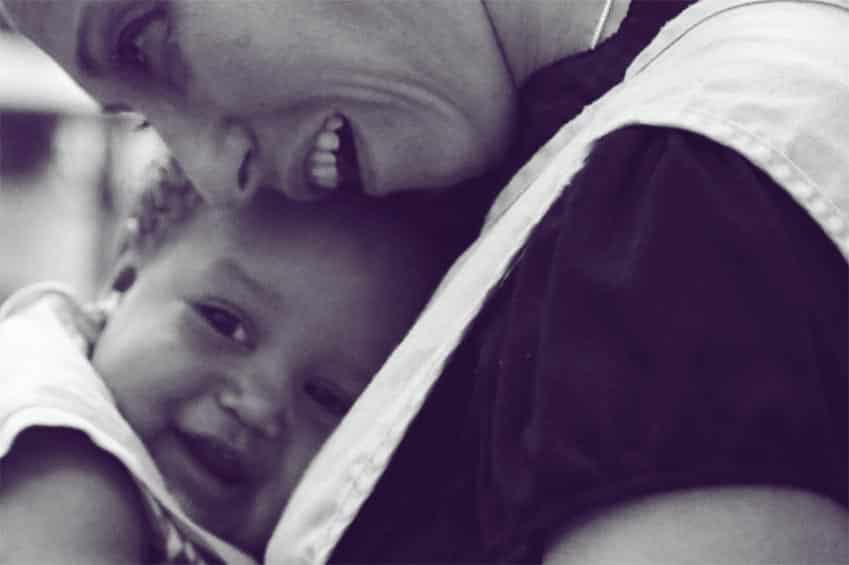
LENA Grow and Language/Social Skills
How does LENA Grow, a professional development program for early educators, help improve children’s language and social skills?
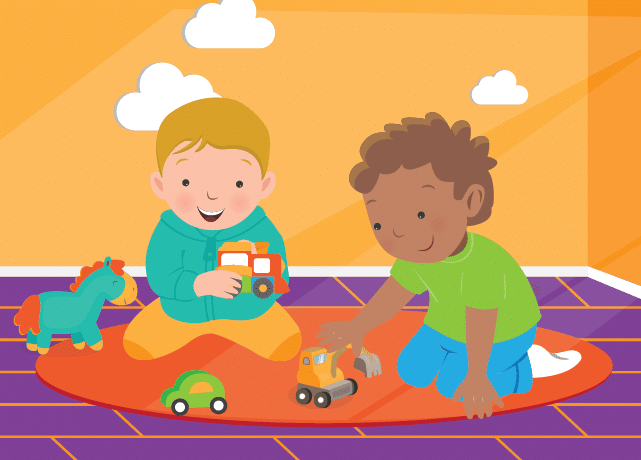
Tips for Organizing Early Education Classrooms To Increase Conversational Turns
An early education classroom significantly impacts learning! How can you create a space that lets you focus on responsive relationships?